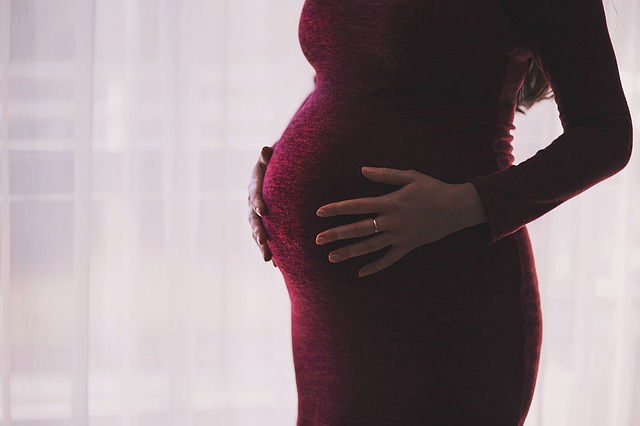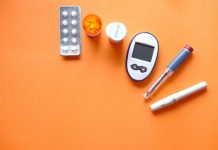
In a new study, researchers from NIH find that a blood test conducted as early as the 10th week of pregnancy may help identify women at risk for gestational diabetes.
Gestational diabetes is a pregnancy-related condition that poses potentially serious health risks for mothers and infants,
The condition happens only in pregnancy when the level of blood sugar, or glucose, rises too high.
It increases the mother’s risk for high blood pressure in pregnancy and the need for c-section, and the risk for heart disease and type 2 diabetes later in life.
For infants, gestational diabetes increases the risk for large birth size.
Women typically are screened for gestational diabetes between 24 and 28 weeks of pregnancy unless they have a known risk factor, such as obesity.
In this study, the researchers evaluated whether the HbA1c test (also called the A1C test), commonly used to diagnose type 2 diabetes, could detect gestational diabetes in the first trimester of pregnancy.
The test approximates the average blood glucose levels over the previous 2 or 3 months, based on the amount of glucose that has accumulated on the surface of red blood cells.
The researchers examined data from a large observational study that recruited more than 2,000 low-risk pregnant women from 12 U.S. clinical sites between 2009 and 2013.
They compared HbA1c test results from 107 women who later developed gestational diabetes to test results from 214 women who did not develop the condition.
Most of the women had tests at four intervals during pregnancy: early (weeks 8-13), middle (weeks 16-22 and 24-29) and late (weeks 34-37).
The team found that women who went on to develop gestational diabetes had higher HbA1c levels (5.3%), compared to those without gestational diabetes (5.1%).
Each 0.1% increase in HbA1c above 5.1% in early pregnancy was associated with a 22% higher risk for gestational diabetes.
The team also found that In middle pregnancy, HbA1c levels declined for both groups.
However, HbA1c levels increased in the final third of pregnancy, which is consistent with the decrease in sensitivity to insulin that often occurs during this time period.
The researchers suggest that the HbA1C test potentially could help identify women at risk for gestational diabetes early in pregnancy.
This means lifestyle changes may be more effective in reducing their risk.
The authors noted that further studies are needed to confirm whether measuring HbA1c levels in early pregnancy could determine a woman’s later risk for gestational diabetes.
The study’s senior author, Cuilin Zhang, is from the Epidemiology Branch at NIH’s Eunice Kennedy Shriver National Institute of Child Health and Human Development.
The study is published in Scientific Reports.
Copyright © 2018 Knowridge Science Report. All rights reserved.
Source: Scientific Reports.



